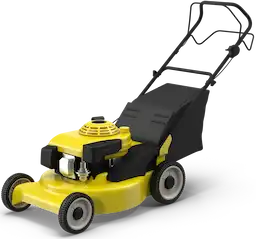Table of Contents
Spring is in the Air
The main purpose for focusing on lawn care in the spring is to get your lawn prepared for the summer months. The summer can be brutally hot and dry. Cool-season grasses need to develop a strong root system to survive the summer’s heat and dry conditions.
Steps to Foster a Healthy Lawn
To maintain and grow a healthy lawn, taking care of it for each season is essential. A healthy lawn resists invasion by weeds, insects, and diseased. Effective spring lawn maintenance is crucial for developing a resistance to pests. This resistance can be cultivated by maintaining the right growing conditions needed to strong, healthy lawns.
1. Dethatching
Detatching, also known as power raking is a service that removes thatch from your lawn, which is the layer of dead turfgrass from the previous year. If the layer of thatch becomes too thick, it can damage the health of your grass. However, a thin layer is beneficial as it helps protect the soil by preserving moisture and nutrients.
As spring gets underway, inspect your lawn to determine if a dethatching service is necessary. Dethatching can have several benefits to the health of your lawn. By removing the excess thatch, your lawn is thinned out, allowing water and fertilizer to penetrate the soil better, as well as improved airflow. Dethatching is especially important if you plan on overseeding. Spreading grass seed over a freshly dethatched lawn helps increase germination rates. Quotes for dethatching can be requested on LawnGuru’s website here.

2. Aeration
Aeration is a service done with a lawn aerator that creates opening in the lawn that allows water and air to penetrate the soil and reach the roots. Aeration is especially beneficial if your lawn gets heavy foot traffic.
While spring is not the best time to aerate the lawn, it can be necessary. If the soil is so compacted that the grass isn’t growing, aeration may be your solution. To aerate effectively in the spring, consider doing it around Memorial day, after the weeds have started growing but before they go to seed. Quotes for aeration can be requested on LawnGuru’s website here.
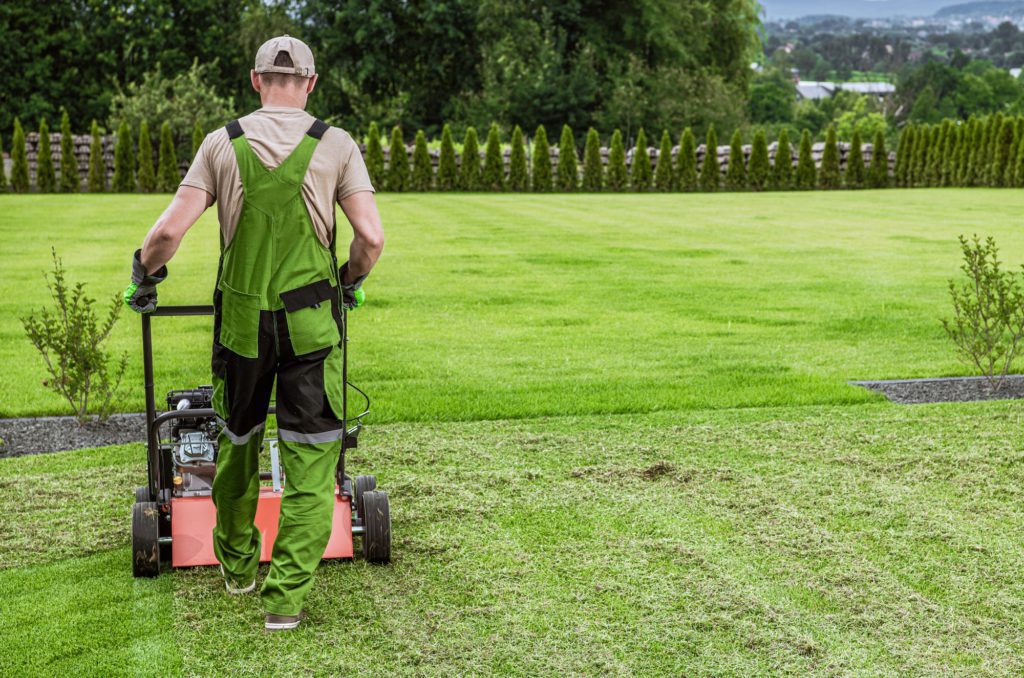
3. Overseed
Overseeding is strongly recommend for lawns with bare patches due to dogs, heavy traffic, or neglect. These areas likely require an application of grass seed to fill in the bare spots. Overseeding is the process of sowing seed over existing grass. It’s possible to only seed the bare patches but it is quite common to overseed the entire lawn to ensure the lawn remains thick and healthy. Quotes for overseeding can be requested on LawnGuru’s website here.
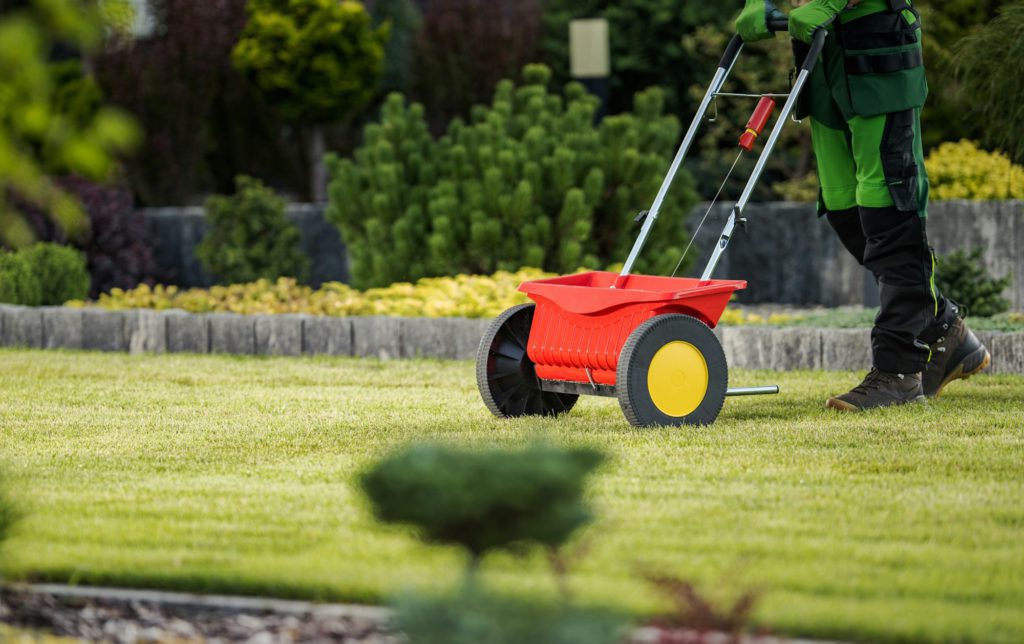
4. Fertilize
Fertilizing your lawn is important to keep up on as this keeps your lawn healthy throughout the season. Here at LawnGuru, we do not offer chemical fertilization but lawns can be fertilized organically. Fertilize your lawn organically by topdressing with compost or using a mulching mower to chop down the lawn clippings into the lawn. The clippings then become a nourishing source of nitrogen. Each time your lawn is mowed by a LawnGuru provider, your grass clippings are mulched into the lawn and naturally fertilizes your lawn the entire season.
If you choose to use chemical fertilizers, it is recommended to use a lighter feed in the spring and a heavier one in late fall. Too much fertilizer in the spring can lead to disease and weed growth.
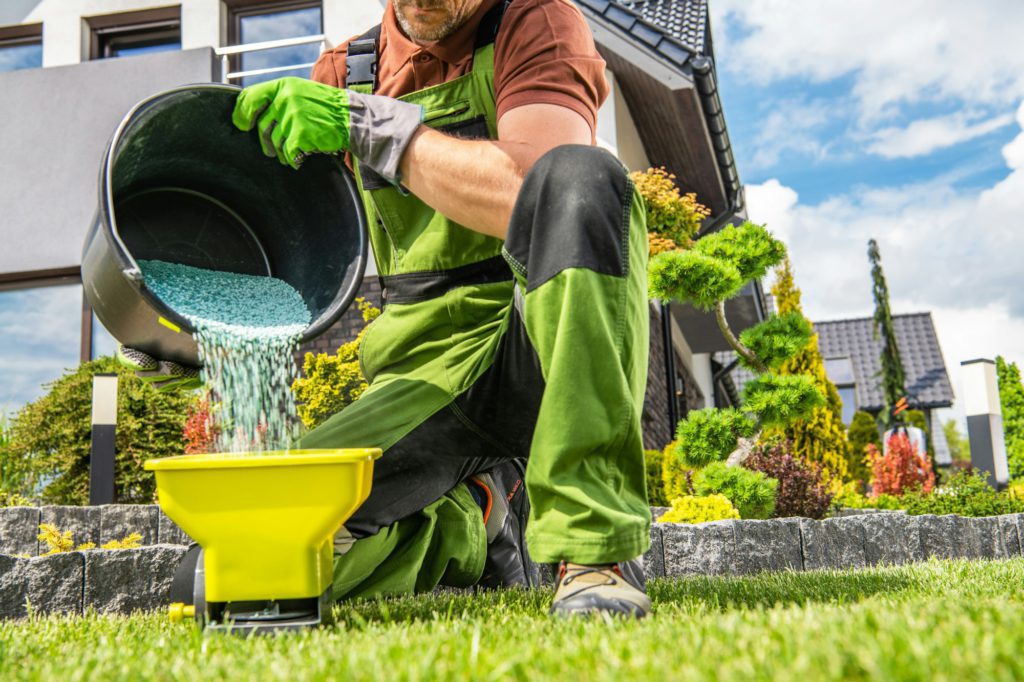
5. Lawn Mower Maintence
The start of spring also means it’s time to get out the lawn mower and determine if it needs maintenance before the first mow. Your mower should get a tune-up once a year to ensure it’s always in tip-top shape. Key tune-up tasks include changing the oil, sharpen the blade, clean the mower deck, replace the spark plug, etc.
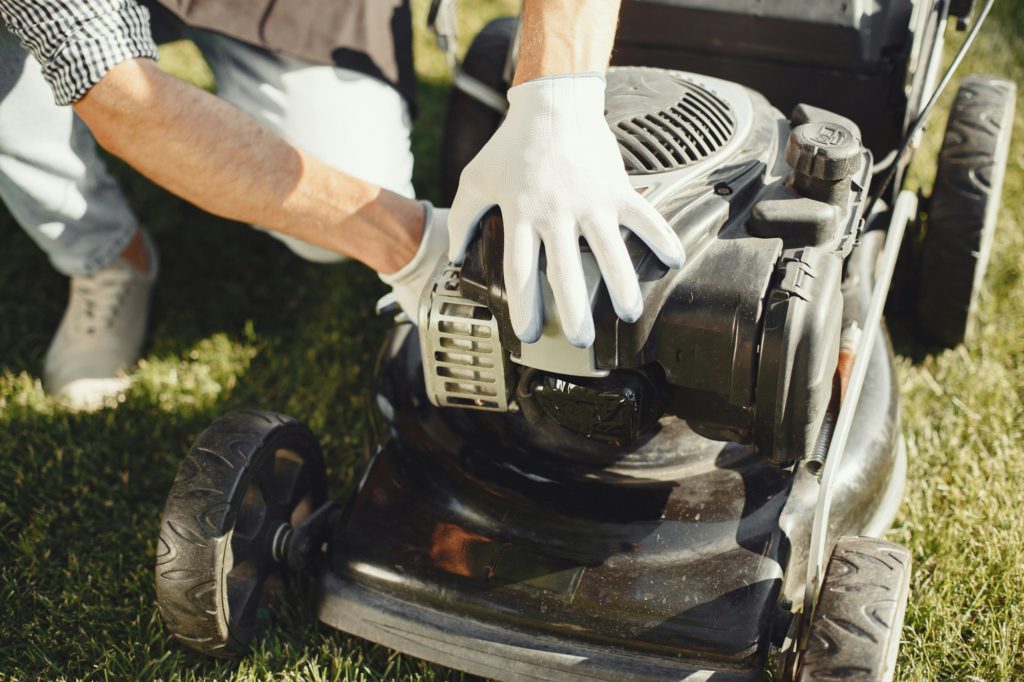
Properly Prune your Landscaping
To maintain the best health for your trees and perennials, routinely prune and remove dead, diseased, or damaged limbs. The removal of this debris encourages airflow and healthy growth. It also shapes unruly plants and improves their overall health.
How to Prune
Anytime you prune, it’s important to make proper cuts to avoid damaging your plant. First consider the size of your plant and the proper tools you’ll need. For cuts up to 3/4-inch diameter, use pruning shears. For branches up to 1 1/2-inches, use lopping shears. Hand and pole saws are used for branches up to 4 inches in diameter. When pruning flowering plants, pinch off the spent flower blooms before trimming, otherwise known as “deadheading.”
Don’t wait until a plant is overgrown. Pruning should be a part of your garden’s regular maintenance.
Seasonal Pruning Tips
It’s very important to the look and overall health of your plant to prune at the right time. The labels on your plants will give you a basic idea of when and how to prune.
Spring: To keep your perennial’s coming back year after year, give your plants a little TLC right after they bloom. Last year’s perennials will need a spring trim to encourage healthy new growth. You should be shaping the new growth as opposed to removing harmful growth, which is done in the fall. Deadheading spent blooms will encourage new flowers to bloom.
Summer: Typically, trees won’t need to be pruned in the summer. Summer pruning is only advised to remove water sprouts if they begin to grow on the base or trunk of the tree. Fruit trees however, do benefit from early summer pruning resulting in larger, healthier fruit. Summer upkeep will allow for better airflow and light penetration.
Fall: The main reason for pruning in the fall is called “corrective pruning.” This means you’re removing branches that interfere with the rest of your landscape, such as ones that are interfering with the growth of other plants. Another reason is to remove diseased or damaged limbs. Fall pruning’s focus should be on improving next years growing conditions.
Winter: Trees and shrubs can also be pruned during the winter. A sensible winter trim can help plants produce more flowers and ward off pests and diseases. A good way to start winter pruning is questioning if it’s dead, damaged, or diseased. Branches that fall under any of these should be removed as leaving them could result in further damage.
Hedge Pruning Tips
Hedges often need special pruning attention as pruning at the wrong time can remove next year’s flowers. To trim your hedges, use hedge trimmers to make your hedge wider at the base than the top. This allows rain and sun to reach the lower growth. Be sure to cut dead, diseased, and damaged wood using sharp loppers or hand pruners.
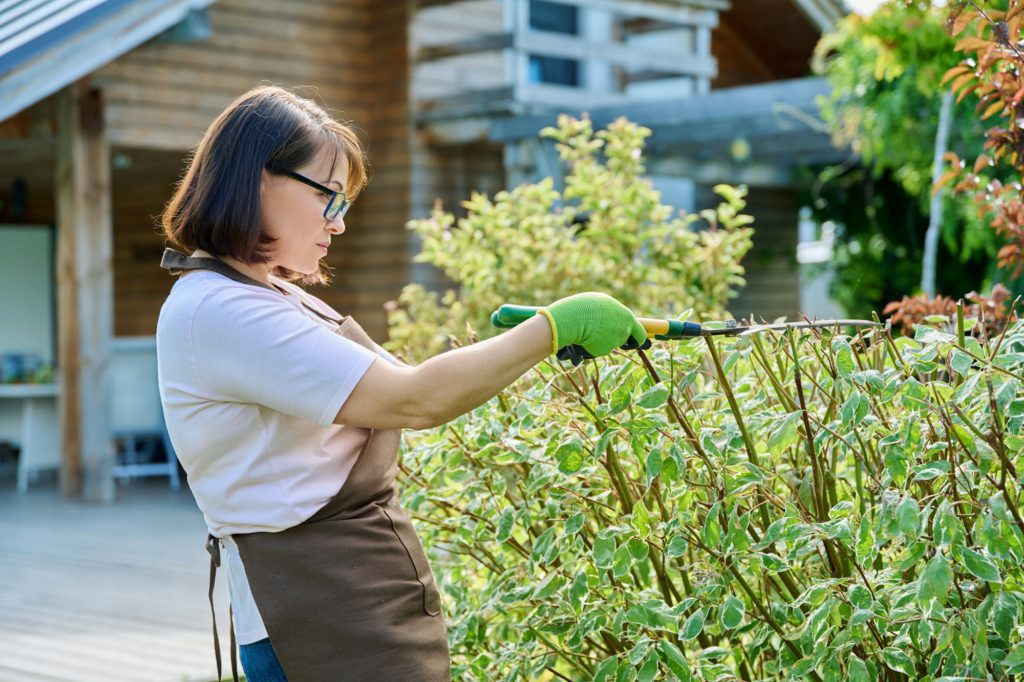
Perennial Pruning Tips
To guarantee years of enjoyment, prune your perennials both in season and when dormant. You’ll begin by pulling out any loose or dead stems. Then use pruning shears to cut the dormant stems near the base of the plant, avoid cutting new shoots. Finish up by cleaning up your debris and adding a new layer of mulch.
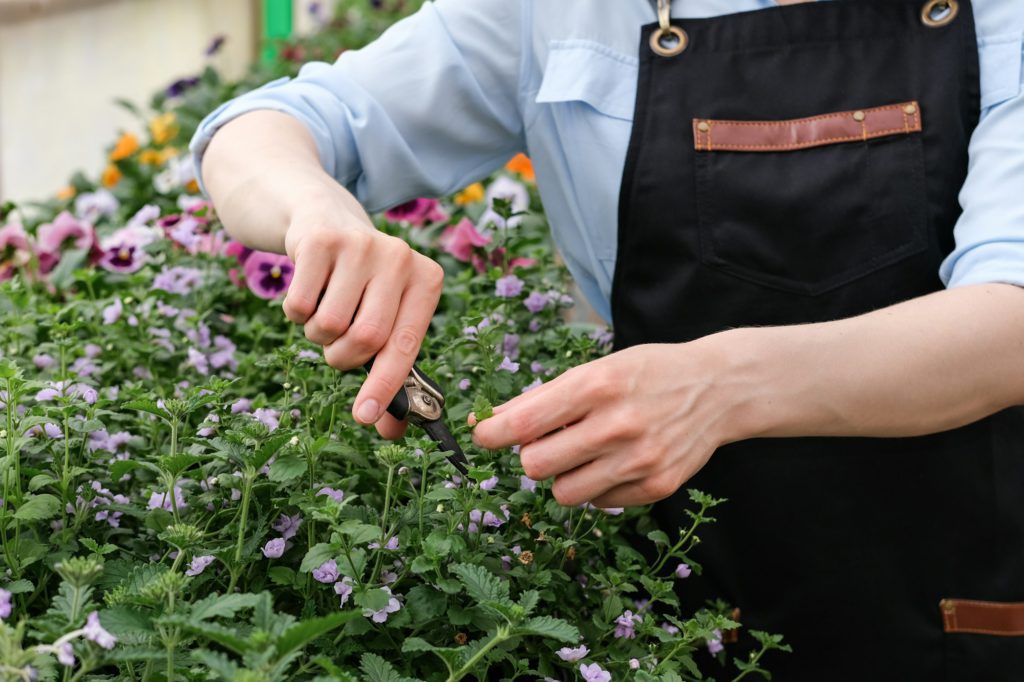
Tree Pruning TIps
Depending on the size of your tree, it’s typically best to employ a insured professional to trim and prune the tree. For the best tree health, routinely prune and remove dead, diseased, or damaged wood. On young trees, protect the main trunk from competition and remove any second trunks that are crooked or defective. This will allow the tree to grow strong, as a split trunk will weaken the tree over time.


Lawn Care Schedule for Cool Season Grasses
A lawn care schedule for cool-season grasses is crucial for a healthy lawn year-round, especially in states with cool season grasses, as it is important to keep the lawn looking

How Much Does Snow Removal Cost in 2024?
In 2024, the average cost of snow removal is expected to be around $125 per session, though rates can vary considerably. A typical range falls between $50 and $203, influenced

Best Michigan Native Plants
Landscaping with native plants is beneficial to your local environment as well as your wallet. Since these plants have evolved to grow naturally in your area, they are able to
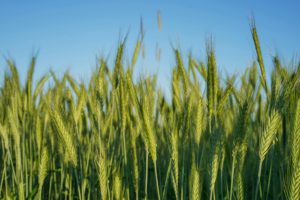
How and When to Plant Winter Rye Grass
To plant winter rye grass effectively, timing is essential. For northern regions, sow seeds from late August to early October, while southern areas should aim for late September to early
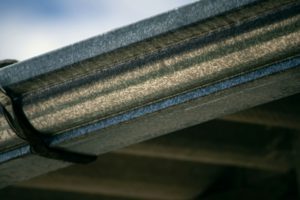
The Best Gutter Guards For Your Home [2024]
The best gutter guards of 2024 feature innovative designs and durable materials that effectively reduce debris accumulation and enhance gutter functionality. Top options include LeafFilter, known for its stainless steel
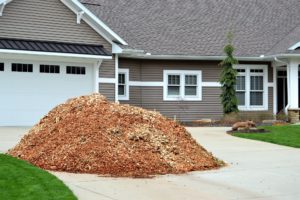
How Much Does a Yard of Mulch Cost in 2024?
In 2024, how much does mulch cost can vary considerably, influenced by the type, quality, and additional services. Natural mulch can cost between $15 and $65 per cubic yard, while


